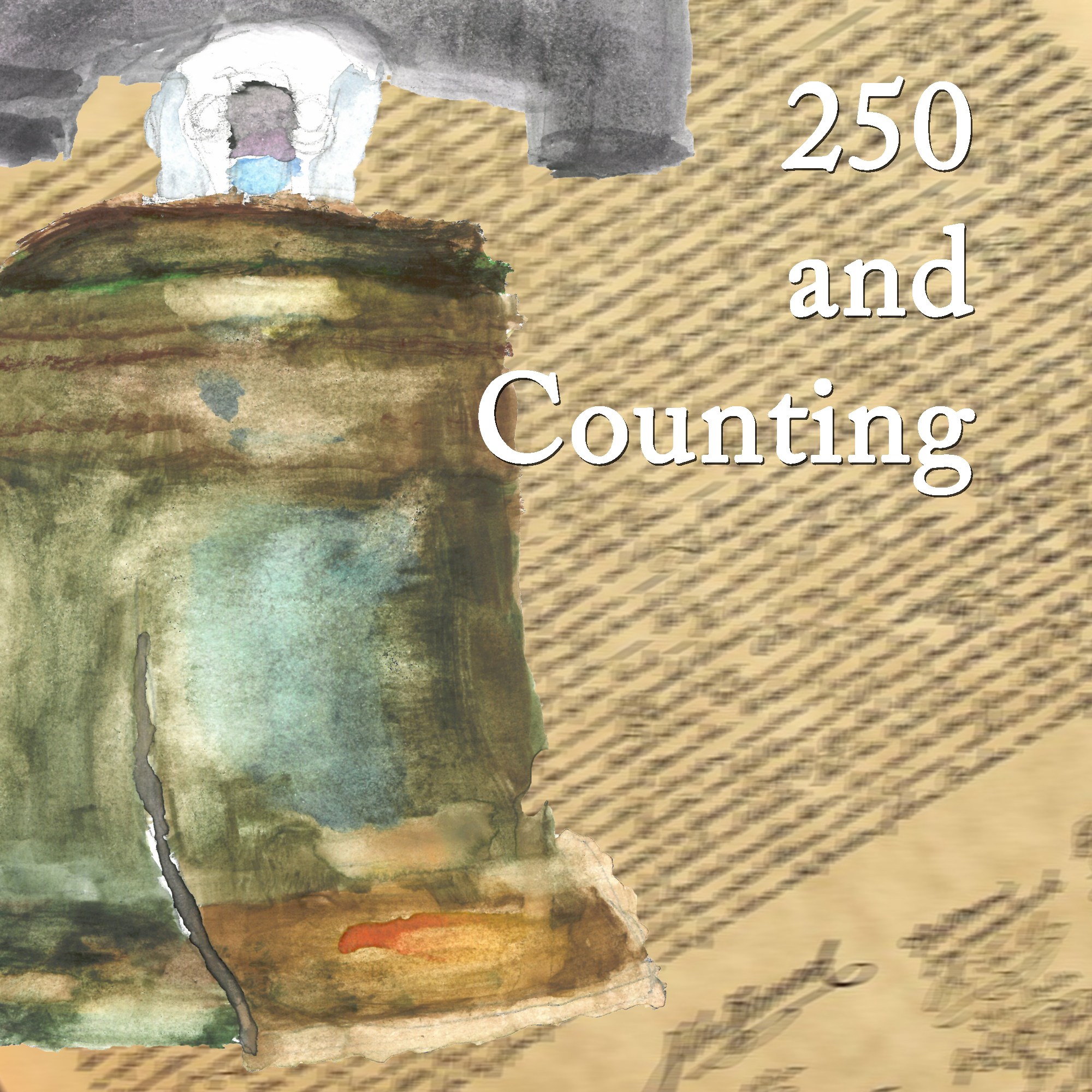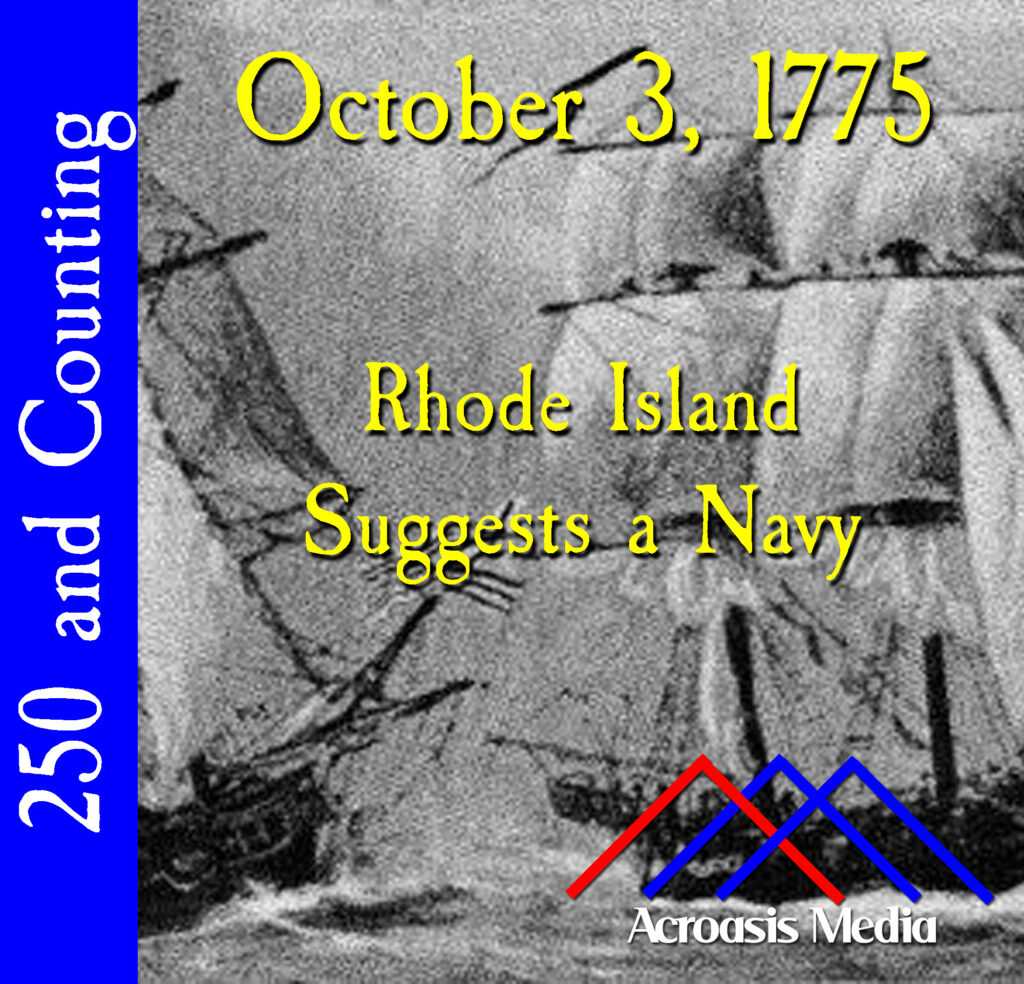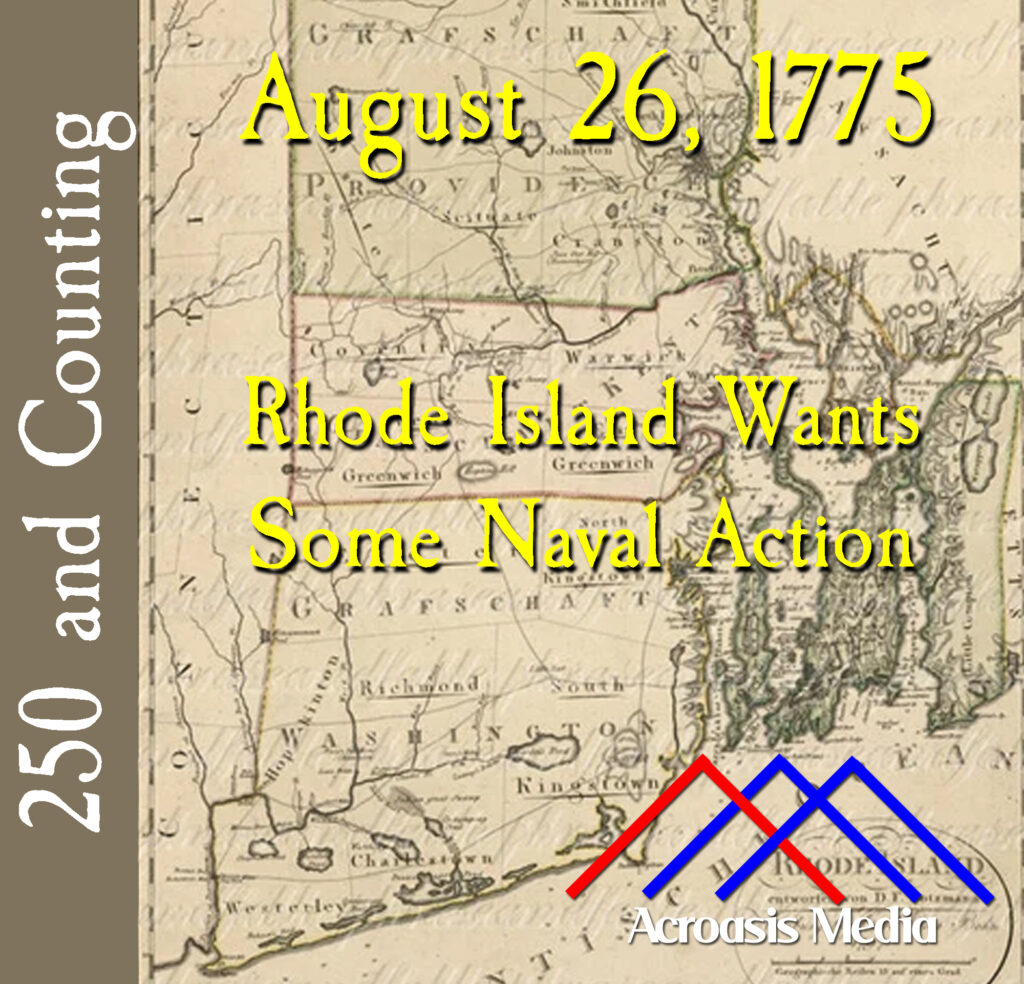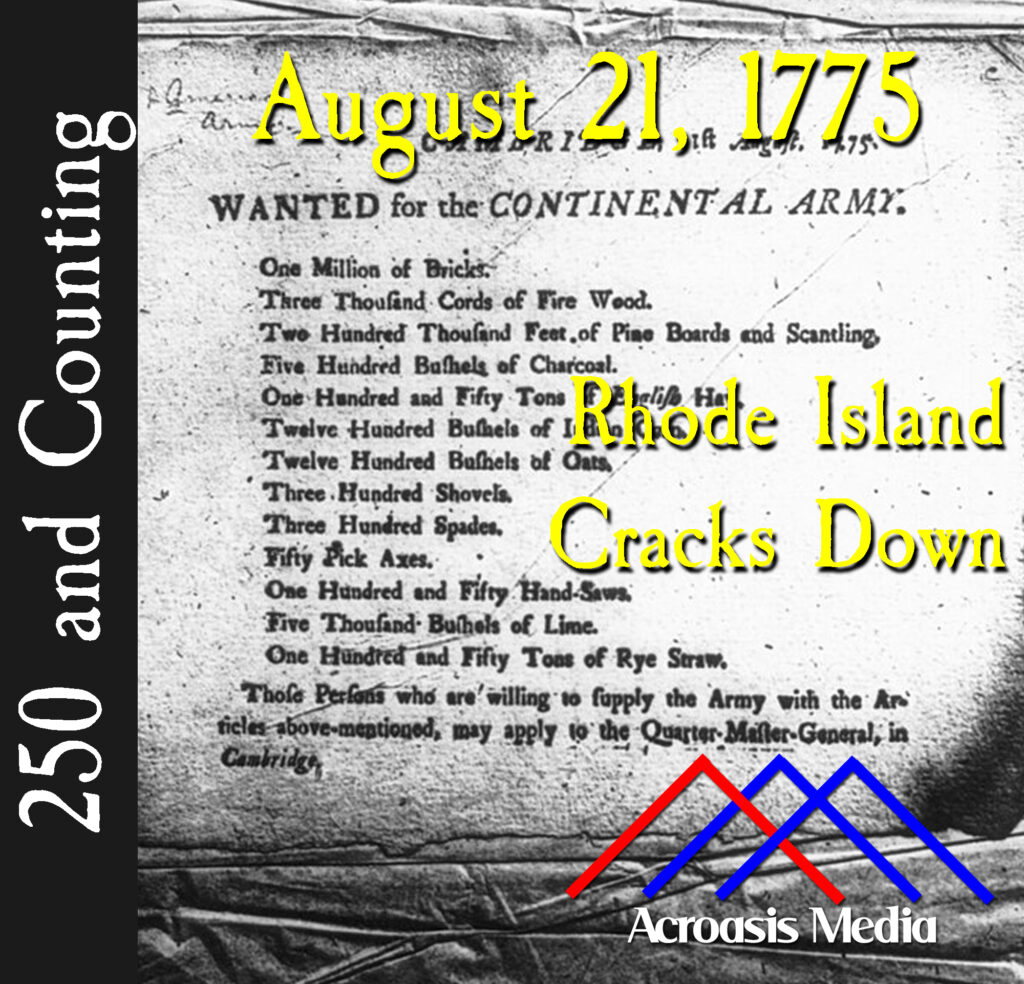
While Boston was under siege, the British were having a hard time getting food and other supplies. But they still controlled the water, so British naval vessels went in search.
Captain James Wallace was especially good at procuring supplies, largely because he harassed people until they gave in, or he would threaten to shoot up the place.
This second tactic was the one he chose for Bristol, Rhode Island, and it’s unclear how much actual damage he did to the town (reports vary wildly). But what is known is that he came in search of 200 sheep and 30 cattle, and came away with 40 sheep after he cut a deal with the town.
We’re calling this one a draw.
Podcast: Play in new window | Download | Embed







